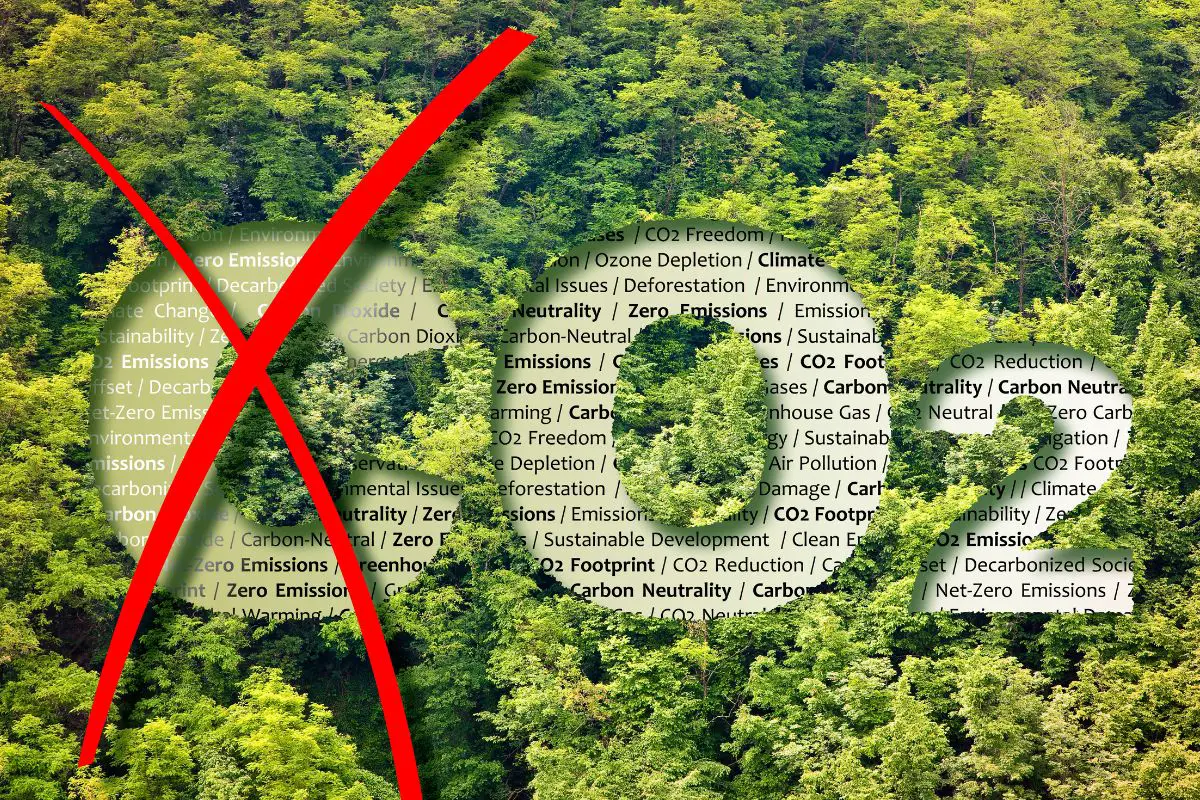
Could nuclear hydrogen be a game changer worth trillions?
August 31, 2023New technology is making carbon emission-free pink H2 possible at a very large scale.
The US Department of Energy (DOE) is placing a major focus on nuclear hydrogen as a component of the US government’s proposed $7 billion push for clean H2 production.
The idea is to be able to focus on carbon emission-free production powered by energy already installed.
The government’s billions will be specifically directed toward tech innovation, the reduction of production costs and the scaling up of production capacity for clean H2. This includes nuclear hydrogen production from power plants in Arizona, Ohio, Minnesota and New York.
This step is viewed by many as a considerably cleaner option than the current conventional methods of H2 production in the United States, which use natural gas reforming in large central plants without any carbon emission mitigation. The $7 billion the federal government is investing in clean H2 is meant to clean up precisely this type of production.
Scientists at four nuclear power plants in the US are attempting to improve electrolysis processes to make it more practical, affordable and feasible at scale. At the moment, the process is highly energy intensive and quite costly as well.
A new breakthrough could change the way clean nuclear hydrogen is produced.
A company called GH Power has recently developed a new form of renewable tech using exothermic reactions to generate three usable outputs. Those are: hydrogen, aluminum oxide (alumina), and exothermic heat. That said, no carbon emissions are produced along with those usable outputs.

The new GH Power technology uses a modular version of the company’s 2MW reactor to produce clean nuclear hydrogen without any waste, carbon or greenhouse gas emissions. It requires only recycled aluminum and water as its inputs.
The company has been developing this new reaction technology for seven years and is now moving forward with its strategy to begin commercial hydrogen production with the first reactor of its kind in Hamilton, Ontario, Canada.
Producing clean energy using nuclear hydrogen production with novel technology.
The reactor is zero emission and self-sustaining and is a net energy producer for consumption. It is modular and clean, meaning that it allows for onsite assembly for powering industries in North America, using green energy that is also cost competitive with fossil fuels, according to GH Power.
The three outputs from the process are all highly beneficial. Nuclear hydrogen provides a source of zero carbon emission energy for everything from industry to home heating or fuel cell powered vehicles or backup power. Exothermic heat is also usable for heating, and green alumina is usable in everything from semiconductor production to LED lighting and lithium-ion batteries.
11,700 tons of clean H2 per year
 The plan at GH Power is to develop the reactor plant so that it will be a producer of 11,700 tons of nuclear hydrogen per year. This will make it possible to fuel 30 MW combined cycle plant with a 27 MW net output.
The plan at GH Power is to develop the reactor plant so that it will be a producer of 11,700 tons of nuclear hydrogen per year. This will make it possible to fuel 30 MW combined cycle plant with a 27 MW net output.
The DoE’s current estimate for the cost of renewable H2 production is around $5 per kilogram. That is about three times more expensive than the cost of H2 production using natural gas with unmitigated greenhouse gas emissions. The DOE’s goal is to reduce the price of H2 production by 80 percent, bringing it to $1 per kilogram within ten years.
GH Power’s estimates are that the nuclear hydrogen from its reactor is already 60 percent cheaper than conventional renewable H2 production methods, and it is a net electricity producer for the grid. Moreover, the green alumina co-product production costs from this same process are also more than 85 percent cheaper than the most commonly used production costs of that output, which are based on hydrochloric acid leaching and hydrolysis.
 Hydrogen FAQs
Hydrogen FAQs
1. What is pink hydrogen?
Pink hydrogen is a form of hydrogen fuel that is produced using nuclear energy. It is named “pink” to differentiate it from other forms of hydrogen such as “green” (produced using renewable energy), “blue” (produced from natural gas with carbon capture technology), and “gray” (produced from natural gas without any emissions mitigation).
2. How is pink hydrogen made?
Pink hydrogen is typically made through a process called high-temperature electrolysis (HTE), which uses heat and electricity from a nuclear power plant to split water into hydrogen and oxygen.
3. Why use nuclear energy to produce hydrogen?
Nuclear energy can provide the consistent, high-temperature heat needed for efficient electrolysis. Moreover, nuclear power is a low-carbon source of energy, so the hydrogen produced in this way has a smaller carbon footprint than hydrogen produced from fossil fuels.
4. Is pink hydrogen considered a clean energy source?
Yes, pink hydrogen is considered a clean energy source because its production does not produce greenhouse gas emissions if the nuclear power used is generated responsibly.
5. What are the applications of pink hydrogen?
Pink hydrogen can be used in a variety of applications, including fuel cells for electric vehicles, power generation, heating, and industrial processes such as refining and ammonia production.
6. What are the benefits of pink hydrogen?
Pink hydrogen offers a path to decarbonize sectors that are difficult to electrify, like heavy industry and long-haul transportation. It also allows nuclear power plants to operate flexibly, ramping up hydrogen production when electricity demand is low.
7. Are there any challenges to producing pink hydrogen?
While pink hydrogen has many potential benefits, there are also challenges to its production. These include the high costs of nuclear power and electrolysis equipment, regulatory hurdles, and public acceptance of nuclear energy.
8. Are there any ongoing projects focused on pink hydrogen production?
There are several projects worldwide focused on pink hydrogen production, including initiatives in the United States, Canada, and Europe. These projects aim to demonstrate the feasibility and benefits of pink hydrogen and drive down its production costs.
Ready to test your knowledge on the most abundant element in the universe? Take our fun and engaging Hydrogen Quiz now!




 HFN News is your leading source for fresh hydrogen and renewable energy updates. Amid the fast-paced growth of hydrogen companies, we provide top-notch news and insights about this exciting sector. Our coverage spans from hydrogen cars to global sustainable initiatives, and we highlight the latest in green jobs and developing hydrogen hubs. We invite you to share your local hydrogen news and explore today’s renewable energy job listings on our site. Thanks for choosing HFN News as your trusted guide to the hydrogen and renewable energy world!
HFN News is your leading source for fresh hydrogen and renewable energy updates. Amid the fast-paced growth of hydrogen companies, we provide top-notch news and insights about this exciting sector. Our coverage spans from hydrogen cars to global sustainable initiatives, and we highlight the latest in green jobs and developing hydrogen hubs. We invite you to share your local hydrogen news and explore today’s renewable energy job listings on our site. Thanks for choosing HFN News as your trusted guide to the hydrogen and renewable energy world!
High temperature electrolysis using steam is not new and the German company already Sunfire already supplies steam electrolysers. Using high temperature heat from a nuclear fission reactor to contribute to the energy cost of splitting the water molecule is also not new, but not presently used in commercial hydrogen production, so its commercial viability will depend on the cost of producing the fission power, both for the heat and the electricity.
Theoretically if all discarded aluminum cans are converted to alumina using this process instead of being recycled into new metal cans then more aluminum will need to be made for cans, which is a very energy intensive process involving electrolysis conversion of alumina into metal aluminum. There is no free lunch!